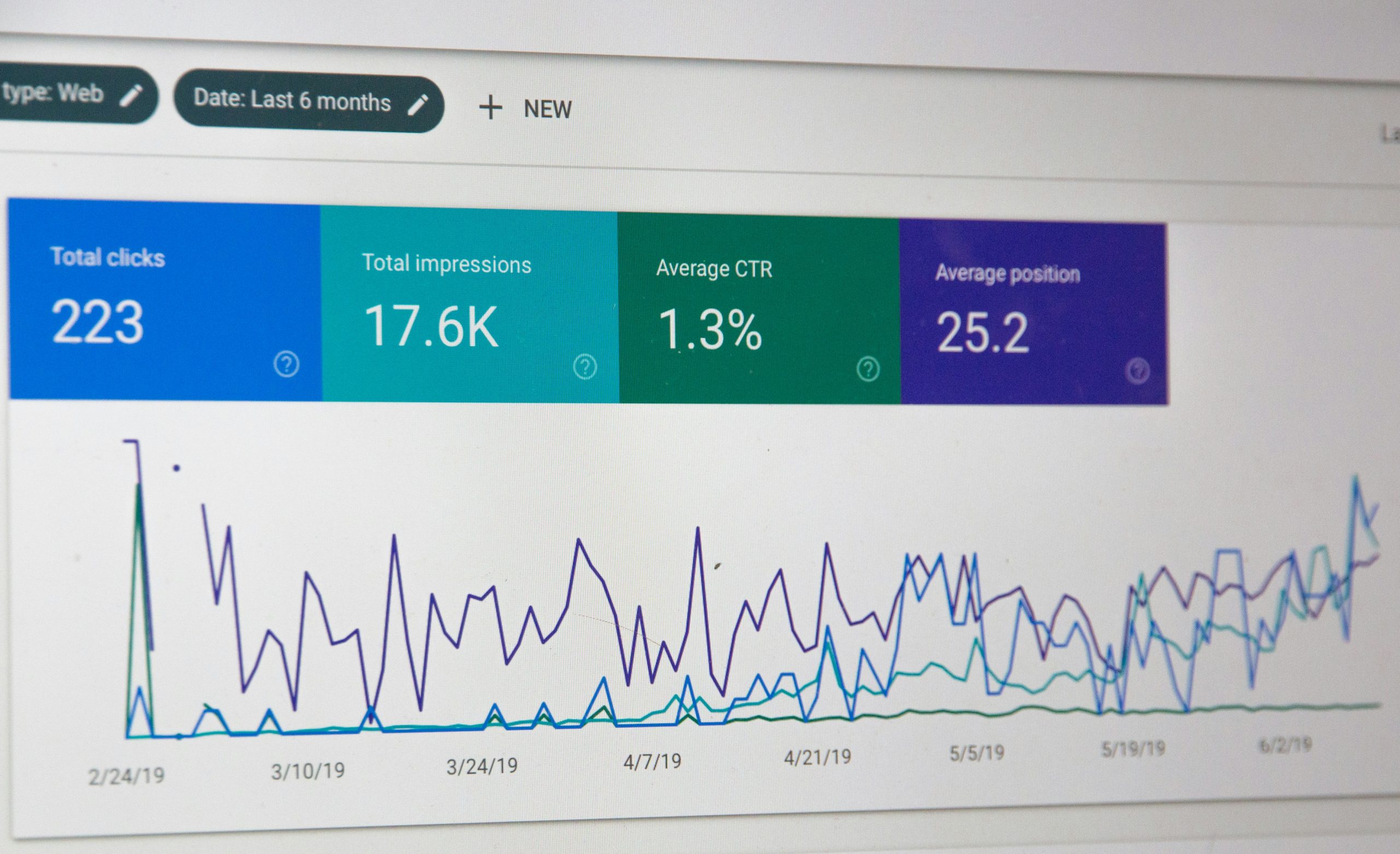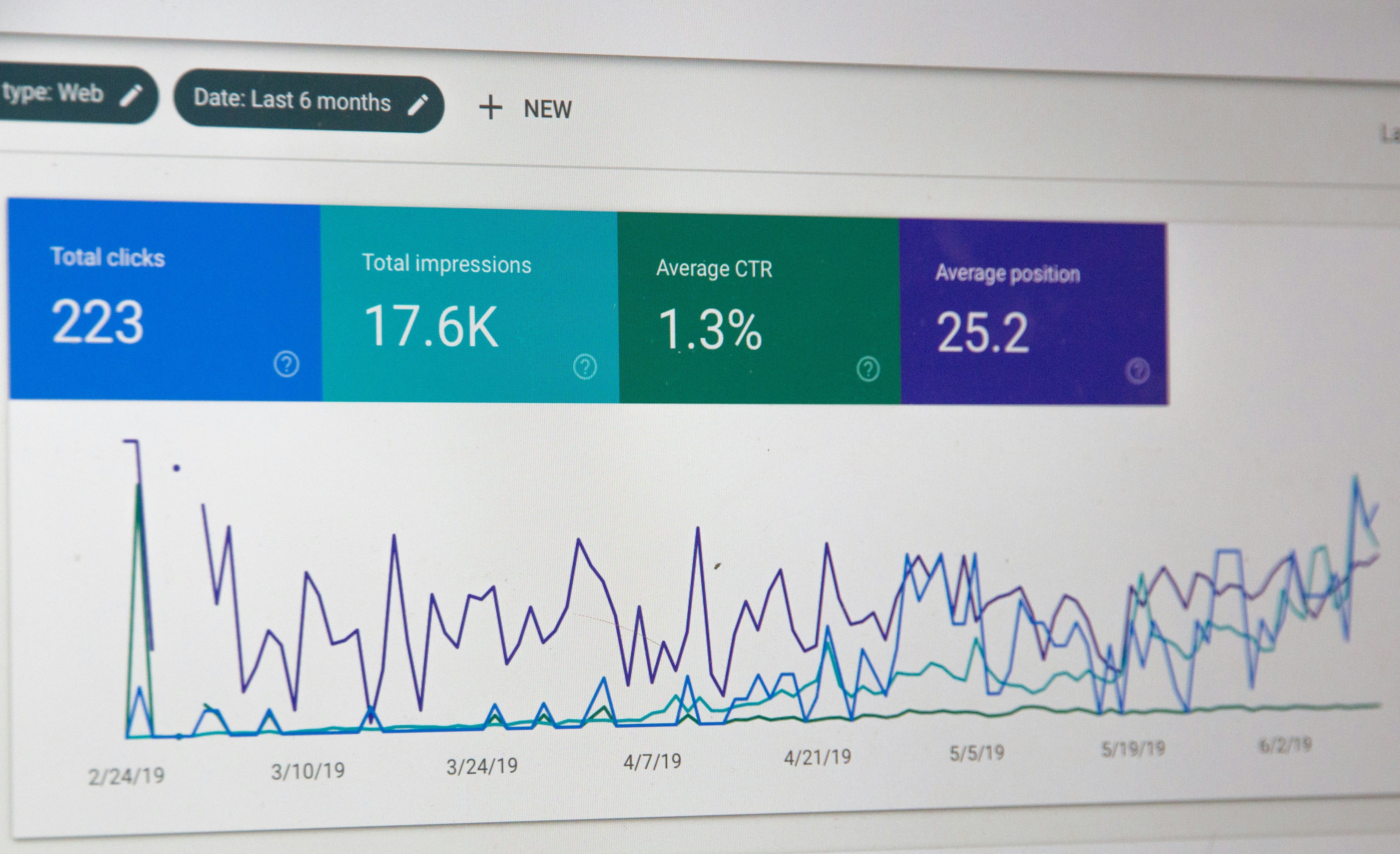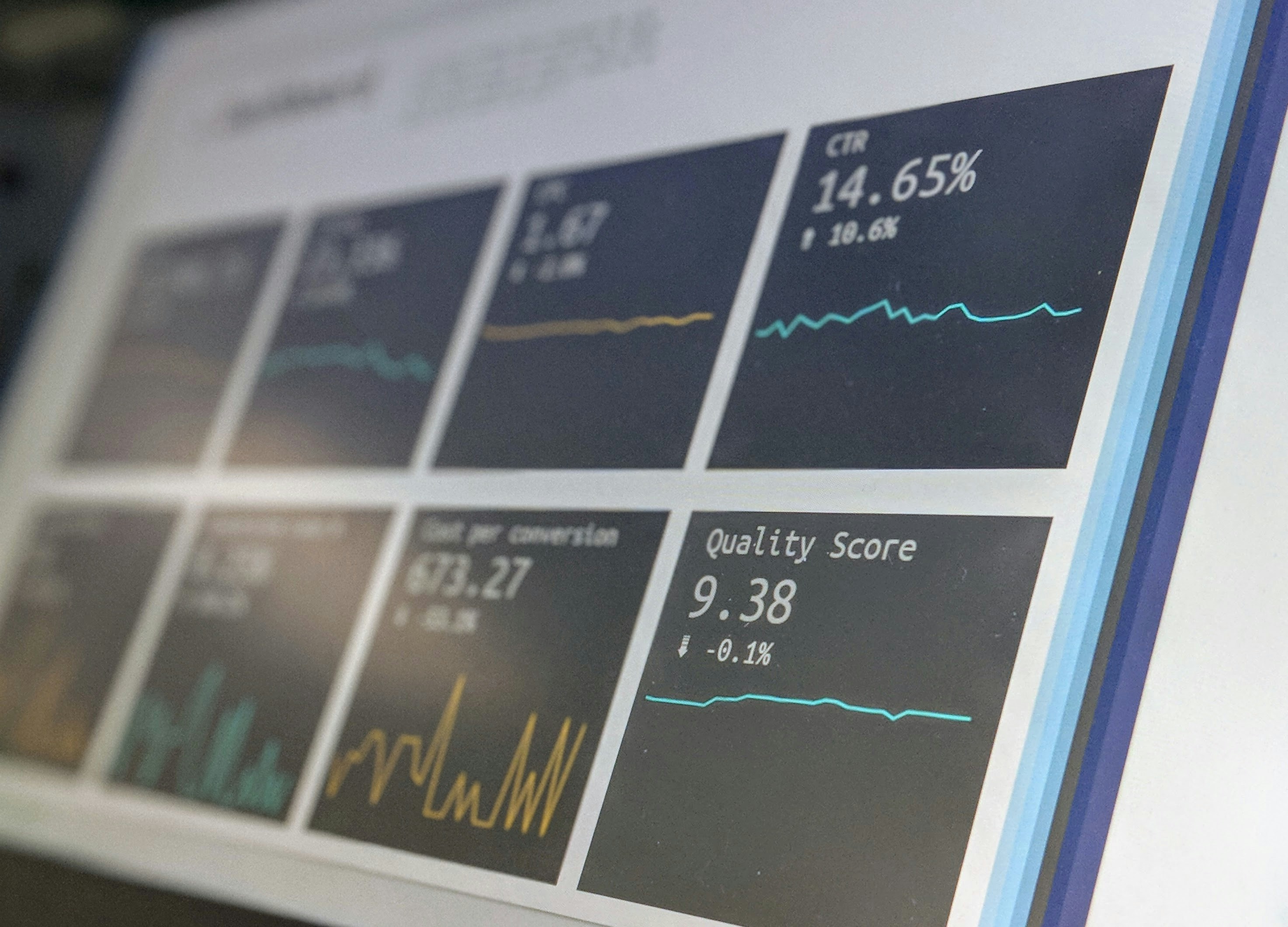
Introduction to USB-C data cables
In today’s fast-paced digital world, speed is everything. Whether you’re transferring important files for work, backing up precious memories, or simply trying to get your favorite movies onto your device, every second counts. Enter the USB-C data cable—a sleek piece of technology that’s changing the game in data transfer speeds.
If you’ve ever felt frustrated waiting for a file to move from one device to another, you might be wondering if all those promises about USB-C cables are worth usb-c to type-c data cable it. Are they really faster than traditional options? And what makes them different? Let’s dive into the world of USB-C and uncover whether this modern marvel can truly turbocharge your data transfers.
How does a USB-C cable differ from other data cables?
USB-C cables stand out due to their reversible design. You can plug them in either way, which eliminates the frustration of fumbling in the dark.
They also support higher power delivery compared to older types like USB-A or micro USB. This means faster charging and more efficient data transfer capabilities.
Another key difference lies in speed. While traditional cables have limits, USB-C can handle data rates up to 10 Gbps with USB 3.1 and even higher with later versions like Thunderbolt 3.
Moreover, they offer versatility. A single cable can transmit video signals along with data and power simultaneously, making it ideal for modern devices that need multi-functional connections.
Compatibility is another factor; as technology evolves, many manufacturers are adopting USB-C as a standard connector across various devices—from laptops to smartphones—creating a uniform experience for users.
Advantages of using a USB-C data cable for faster data transfer
USB-C data cables offer a range of advantages that can significantly enhance your data transfer experience. One major benefit is their impressive speed capabilities. Depending on the specifications, USB-C supports transfer rates up to 10 Gbps or even higher with advanced versions.
The versatility of the USB-C connector is another plus. It’s reversible, meaning you can plug it in either way without fumbling around. This simple design eliminates frustration and speeds up connection times.
Additionally, many devices now support USB-C as a standard interface. This means you won’t need multiple cables for different gadgets—one cable fits many needs.
USB-C cables are built to handle power delivery along with data transmission. This dual functionality allows for quick charging while transferring files, making them incredibly efficient for modern users who rely on fast technology solutions.
Factors that affect the speed of data transfer using USB-C cables

Several factors influence the speed of data transfer when using USB-C cables.
First, the cable’s specifications play a crucial role. Not all USB-C cables support high-speed transfers. Look for those rated for USB 3.1 or higher to ensure optimal performance.
Next, the devices involved matter too. Both your computer and peripheral must support fast data protocols; otherwise, you’ll hit a bottleneck.
The length of the cable is another important consideration. Longer cables can suffer from signal degradation, leading to slower speeds.
Also, remember that interconnected devices need compatible drivers and firmware updates to function efficiently together.
Environmental factors like interference from other electronic devices can disrupt signals and impact transfer rates significantly. Keep these elements in mind when assessing your data transfer speeds with USB-C cables.
Tips for maximizing the speed of data transfer with USB-C cables
To get the most out of your USB-C data cable, start by choosing high-quality cables from reputable brands. Look for those that support USB 3.1 or higher for enhanced performance.
Next, keep both devices updated with the latest software. Updates often include performance improvements that can boost transfer speeds significantly.
Using a compatible USB-C port is crucial as well. Make sure to connect your cable to a port designed for data transfer rather than just charging.
Keep an eye on the length of the cable too; shorter cables generally offer better speed due to reduced signal loss over distance.
Close unnecessary applications during transfers to avoid any lag caused by background processes. Each step can contribute greatly toward achieving faster and more efficient data transfers using your USB-C cable.
Real-world examples and user experiences with USB-C data cables
Users have reported significant improvements in their data transfer speeds after switching to USB-C cables. For instance, a graphic designer highlighted how transferring large 4K video files went from taking over an hour with older cables to just minutes using USB-C.
Gamers also shared similar experiences. One player noted that loading times for game updates on their console were drastically reduced when they opted for a high-quality USB-C cable. This made downloading multiple games much less tedious.
There are also stories from everyday users who rely on cloud storage solutions. They found syncing files between devices remarkably faster with USB-C connections compared to traditional Micro-USB options.
These accounts illustrate the tangible benefits of upgrading to a USB-C data cable, showcasing speed and efficiency across various applications and devices. Each experience emphasizes the growing reliance on this technology in today’s fast-paced digital world.
Conclusion on whether a USB-C data cable can truly speed up your data transfer process

When it comes to data transfer, the choice of cable can significantly impact speed and efficiency. USB-C data cables offer promising advantages over older types, primarily due to their advanced technology and higher bandwidth capacity. Users often report improved transfer rates when switching from traditional cables to USB-C options.
However, it’s essential to remember that various factors come into play. The device’s capabilities, the fashion specifications of the cable itself, and even external conditions like interference can all affect performance. Understanding these elements is crucial for optimizing your experience.
For those looking to enhance their data transfer speeds, investing in a quality USB-C data cable seems worthwhile. Following best practices—such as ensuring compatibility and using high-quality connectors—can further boost results.
Real-world experiences consistently highlight how users have benefited from this newer standard. Whether you’re transferring large files or charging devices simultaneously while syncing data, adopting USB-C could be a game-changer for many tech enthusiasts.
If speed is what you seek in your digital tasks, embracing a USB-C data cable might just elevate your workflow significantly.



